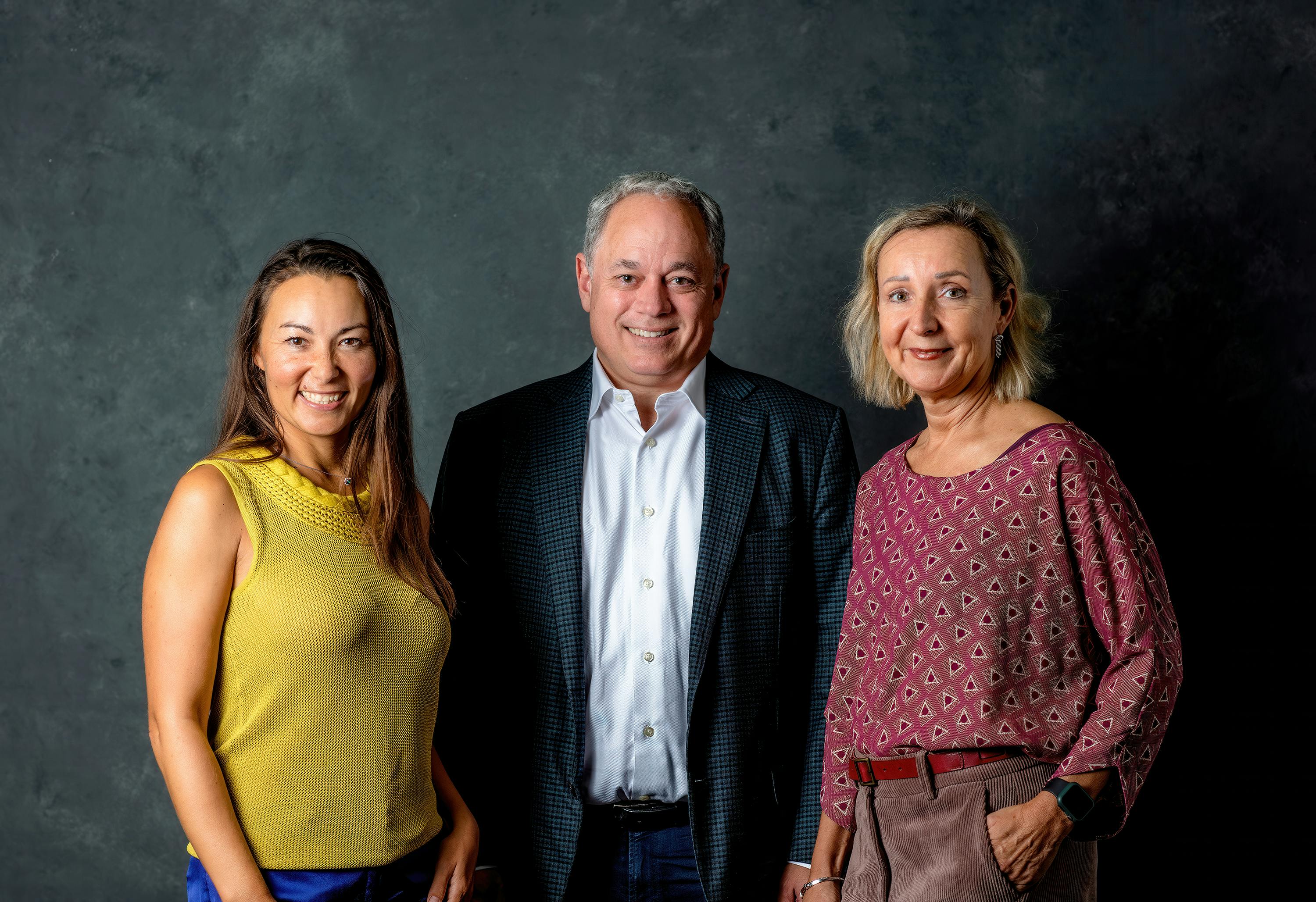Live. Magazine
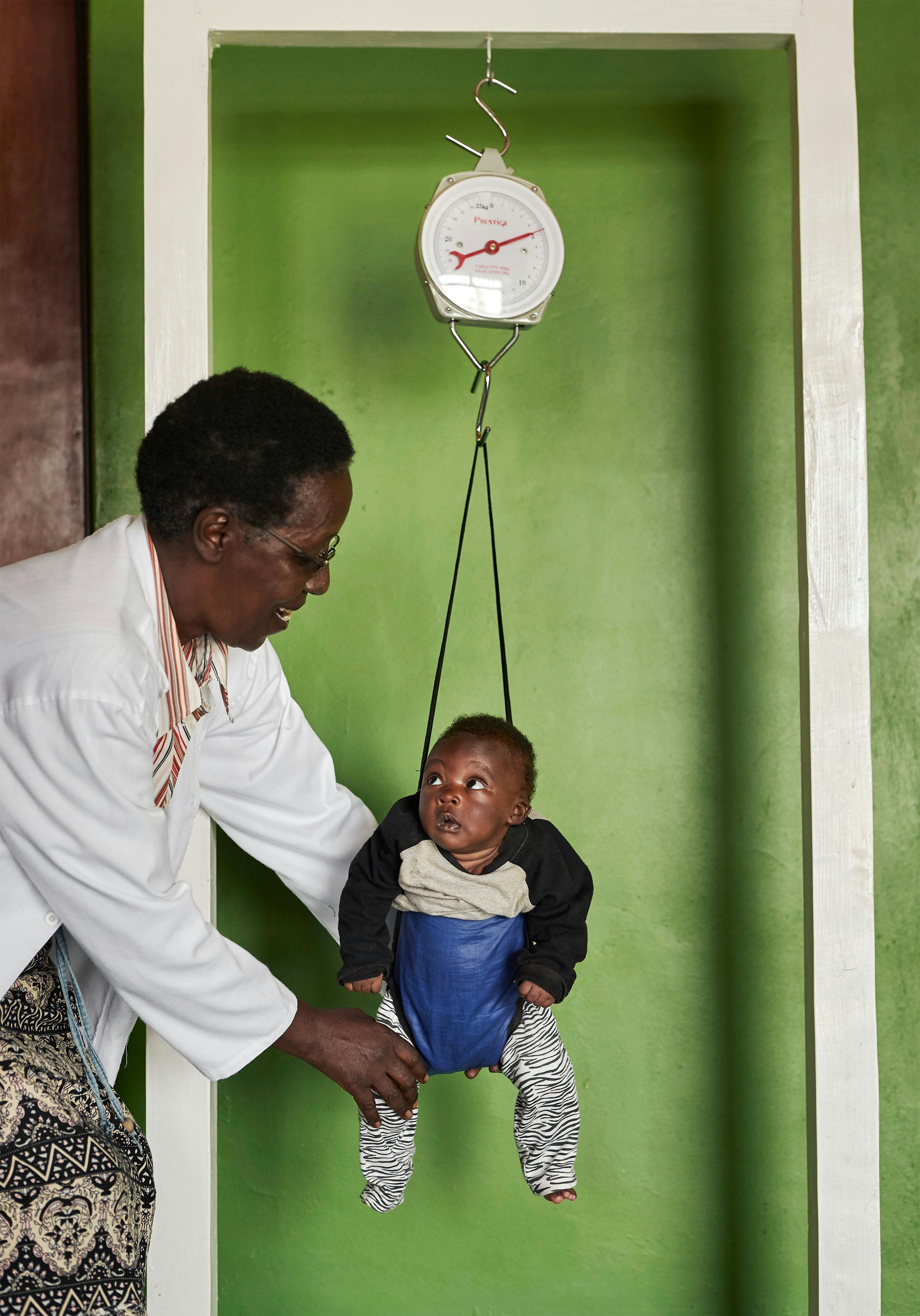
Science
Fighting through the millennias.
Enable sound for the full experience.
Towards eliminating Malaria
The first malaria medicine for newborn babies and young infants received approval from Swissmedic in July 2025. It was a major milestone for Novartis that marked a significant advancement in the global fight against malaria and was the latest breakthrough in a long list of achievements and upcoming medical innovations designed to eliminate malaria for good.
By Goran Mijuk.
1900
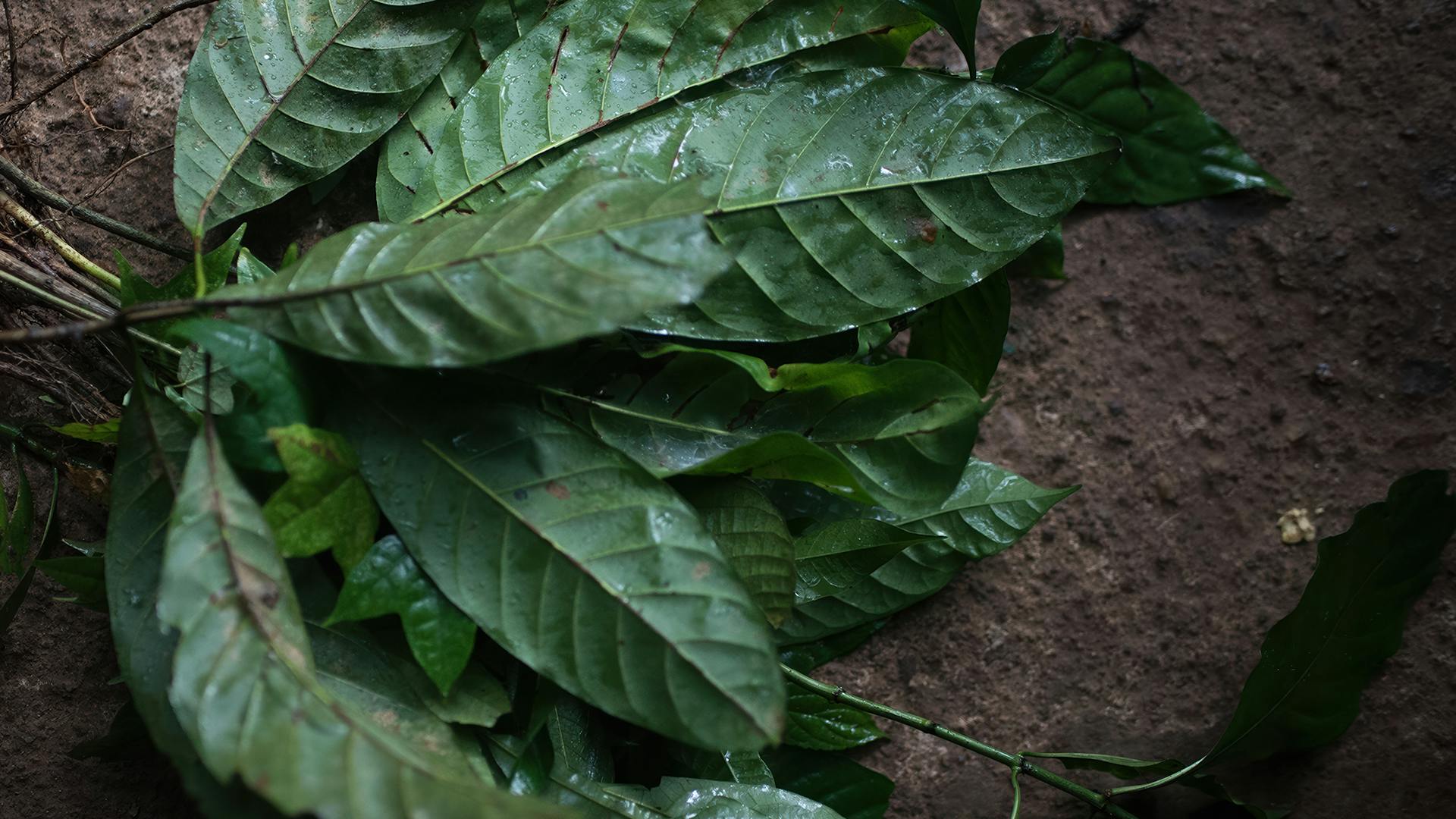
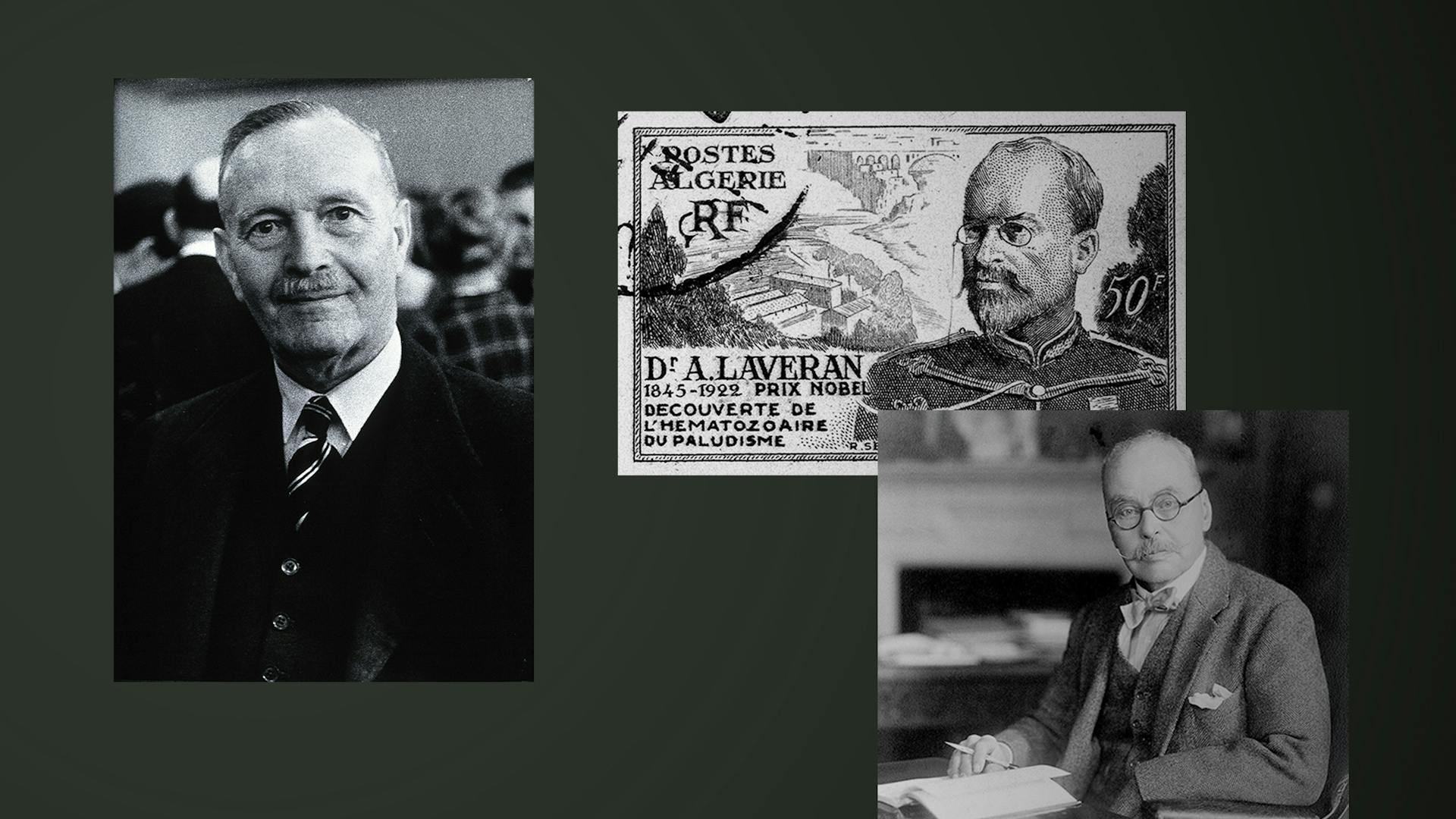
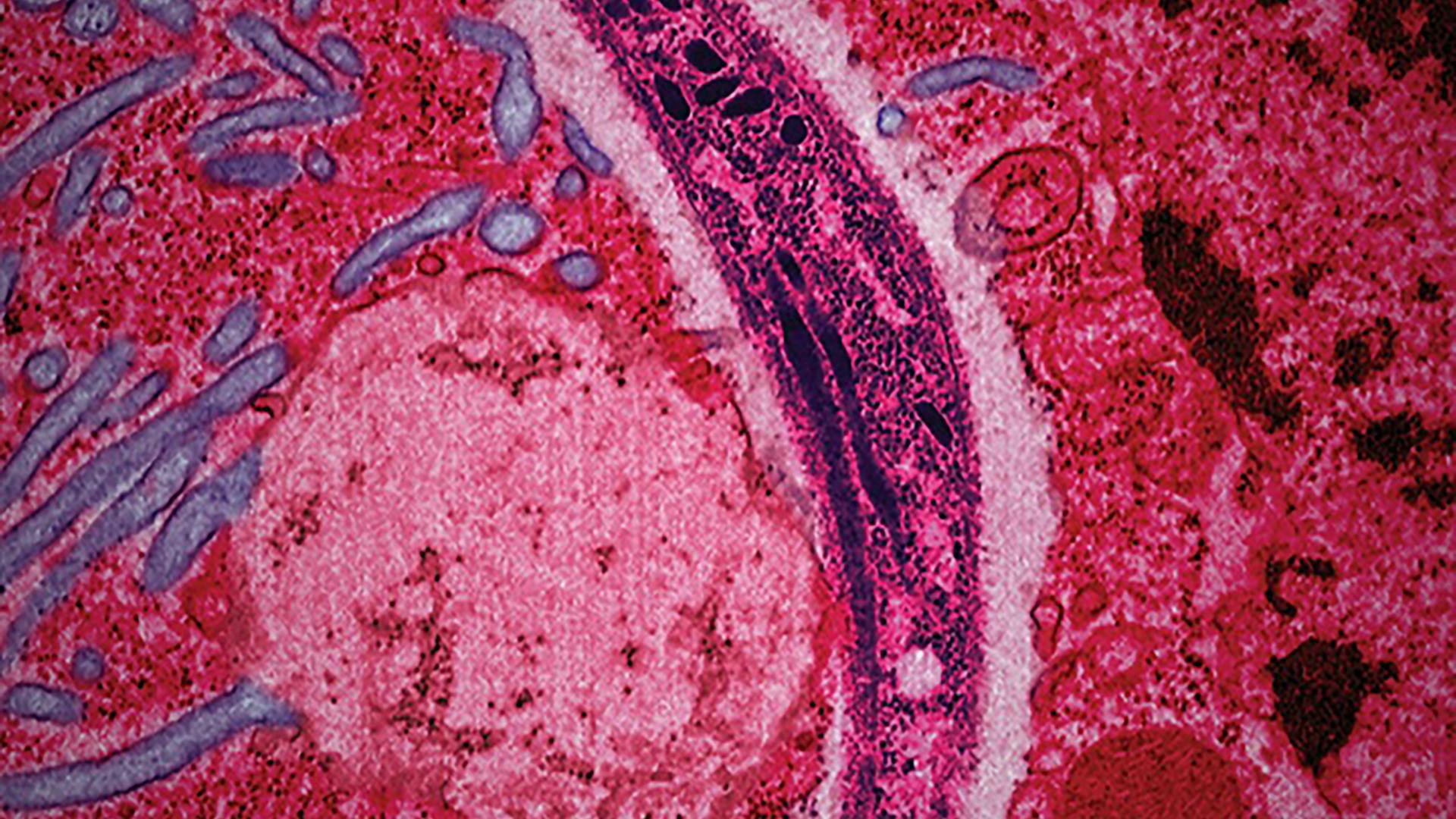
Often referred to as ‘the great killer’, malaria has been known for millennia but was little understood until the late 19th and early 20th century. It was often treated with natural remedies such as quinine, which was extracted from the cinchona tree bark.
Only when researchers such as Charles Louis Alphonse Laveran, Ronald Ross and Henry Edward Shortt unveiled the mechanism of the diseases, the first medicines were developed.
But because malaria is caused by a parasite, resistance to treatments would soon become a major challenge, requiring continued research with Novartis and its predecessor companies being active in the field for almost a century.
1934
Chloroquine is developed as a synthetic antimalarial and becomes a cornerstone in global malaria eradication until resistance emerges decades later.
( Video content – enable sound for full experience )
1939



Paul Hermann Müller, a chemist at Novartis predecessor J.R. Geigy, discovers the use of DDT (dichlorodiphenyltrichloroethane) as an insecticide, earning him the 1948 Nobel Prize in Medicine.
DDT helps eliminate malaria in the USA, Canada and Europe, but is widely banned for agricultural use in the 1970s due to environmental concerns, although later reauthorized by the WHO for malaria control.
1957

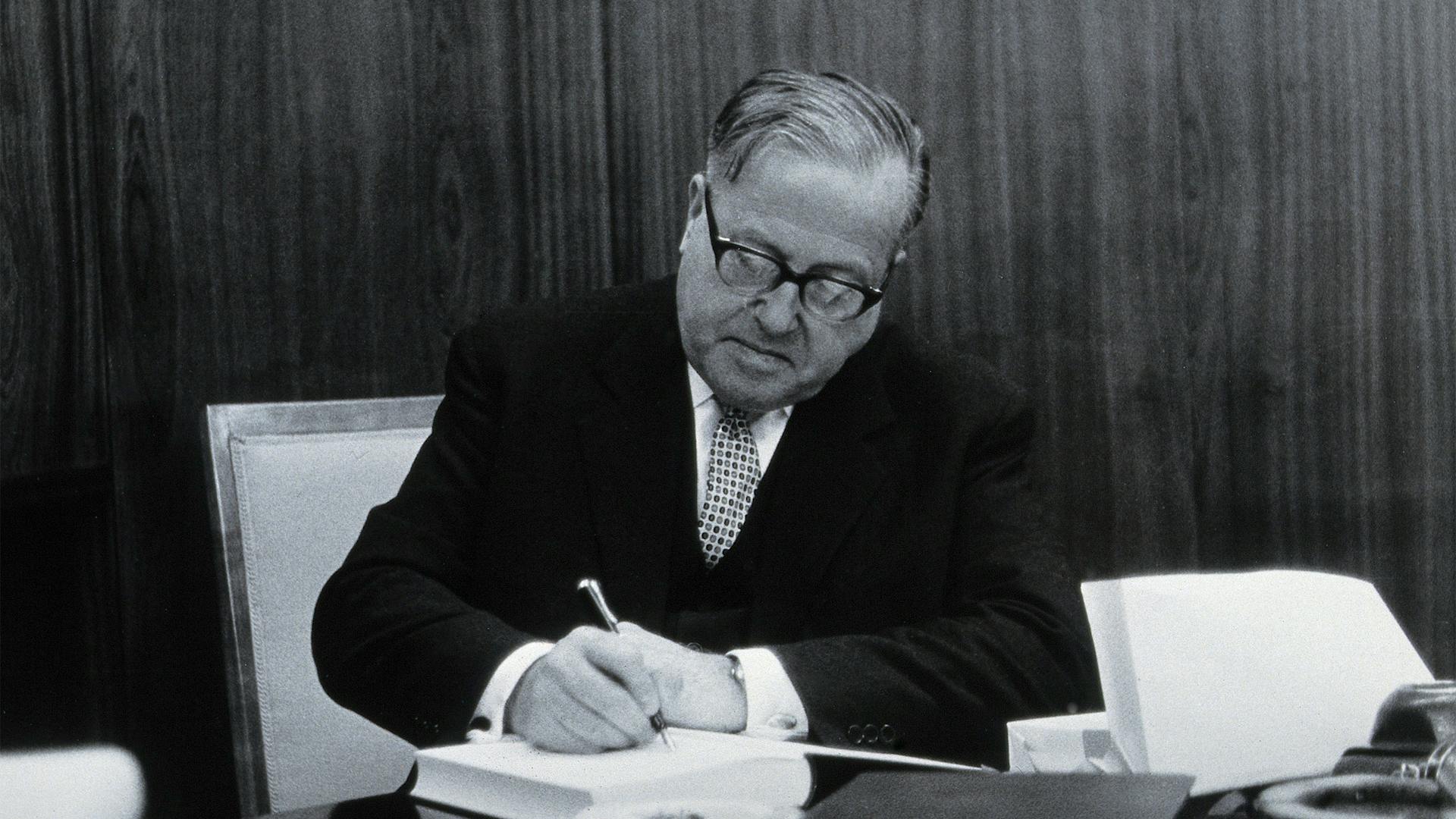
Rudolf Geigy of Novartis predecessor J.R. Geigy establishes a field laboratory for the Swiss Tropical Institute in Ifakara to study diseases like malaria, laying the foundation for today’s training center.
1961
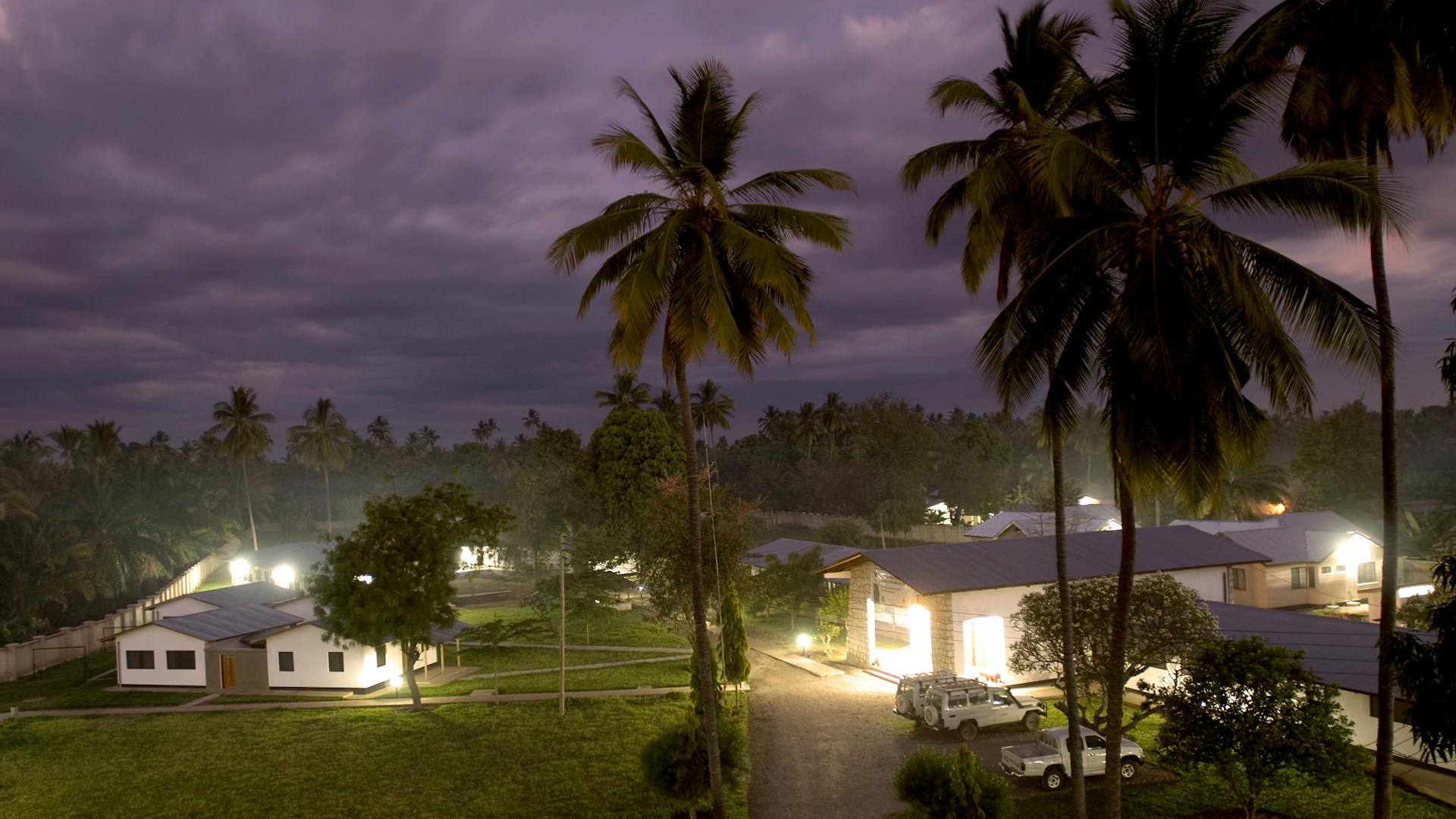
Novartis predecessor companies establish a medical training center in present-day Tanzania, now the renowned Tanzanian Training Centre for International Health (TTCIH) in Ifakara, which trains over 100 healthcare professionals annually.
1972
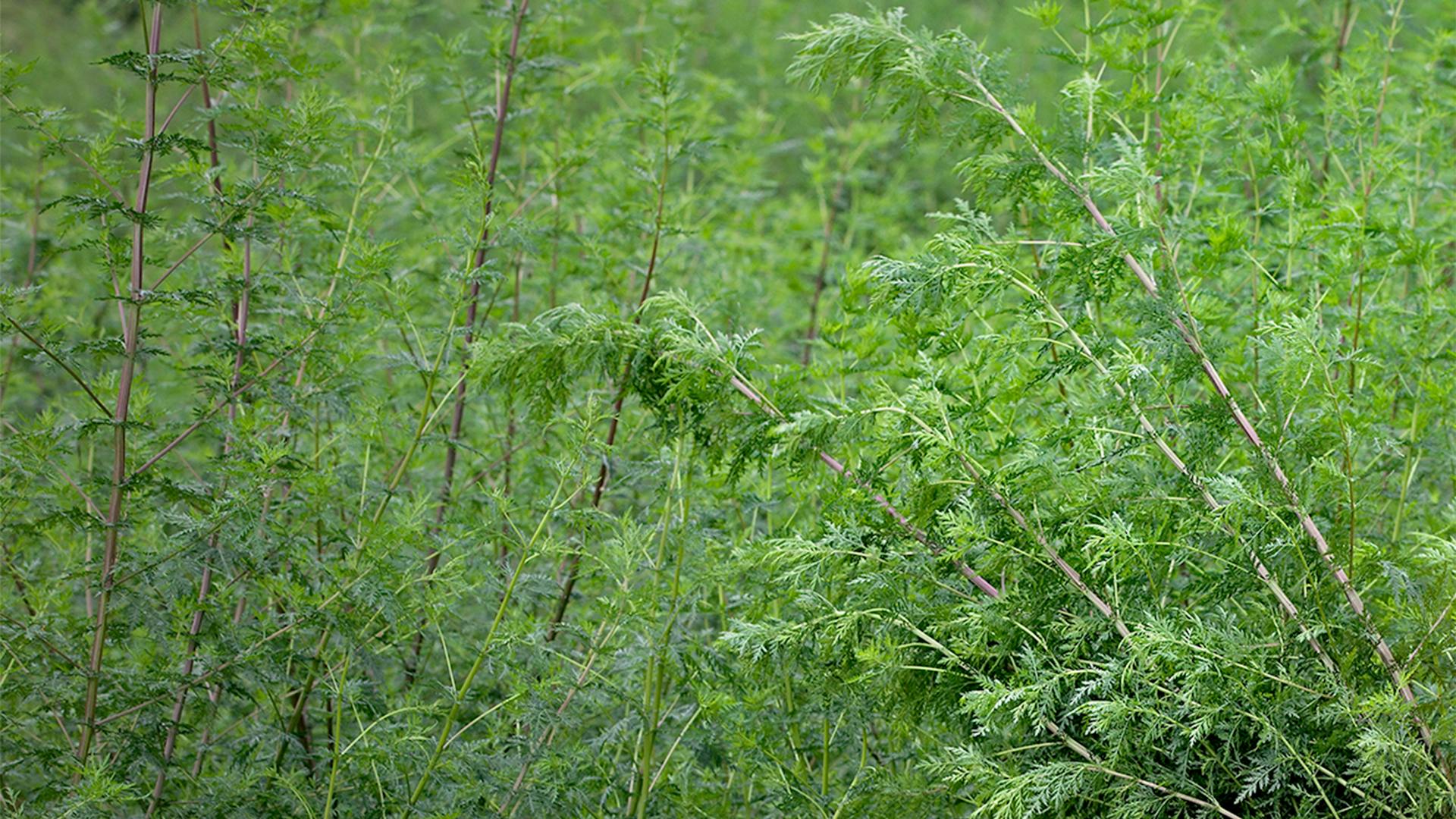
Artemisinin, derived from Artemisia annua, is discovered by Chinese scientists as a highly effective response to drug-resistant malaria.
Known as ‘qinghao’ or ‘sweet wormwood’, the plant is referenced in ancient Chinese medical texts as a treatment for intermittent fevers.
1985
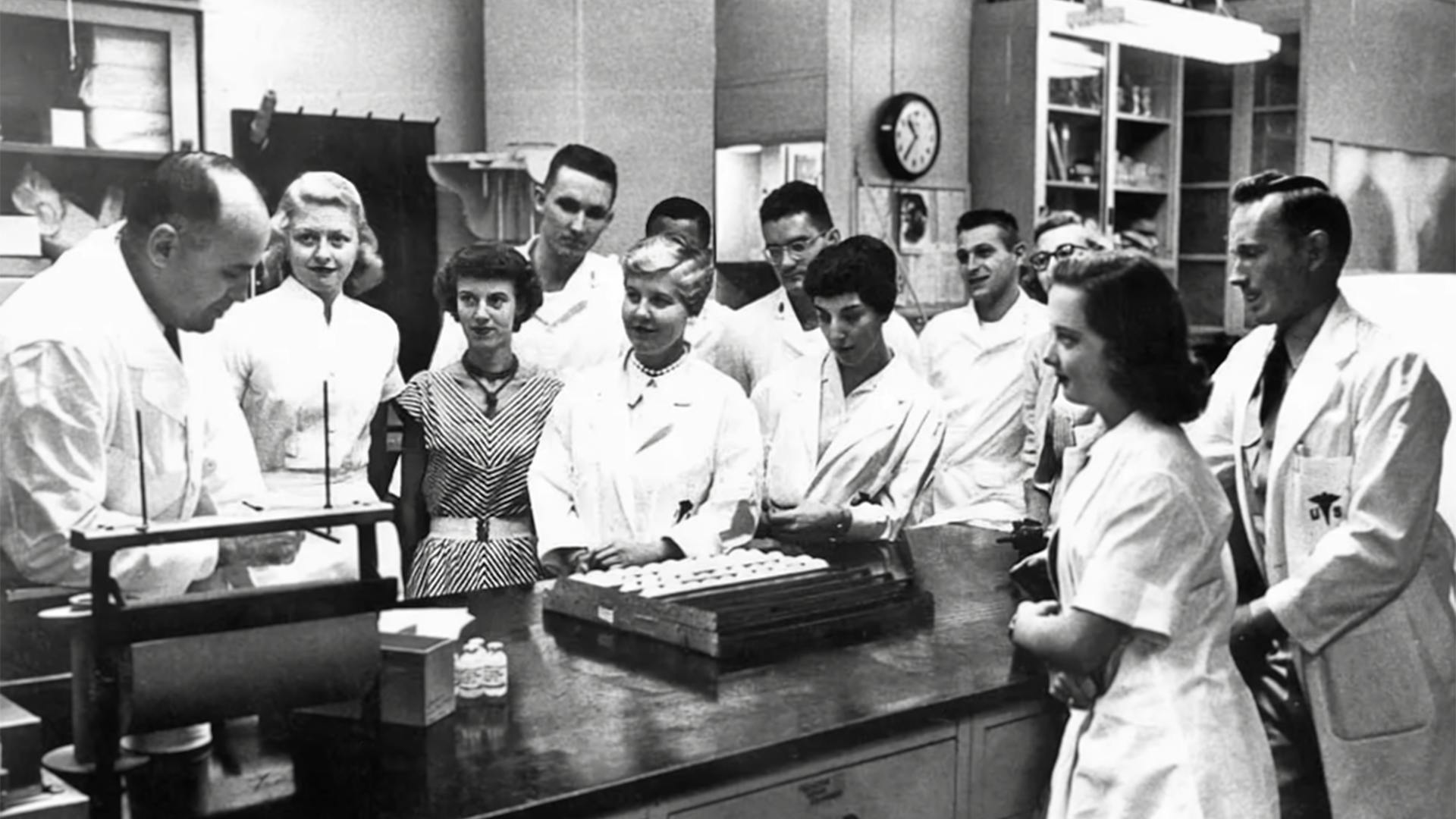
The U.S. Army and the World Health Organization jointly develop mefloquine to treat drug-resistant malaria strains. It is widely used until resistance limits its effectiveness in certain regions.
1994

Novartis predecessor Ciba-Geigy signs an agreement with Chinese partners to search for new medicines for malaria.
1999
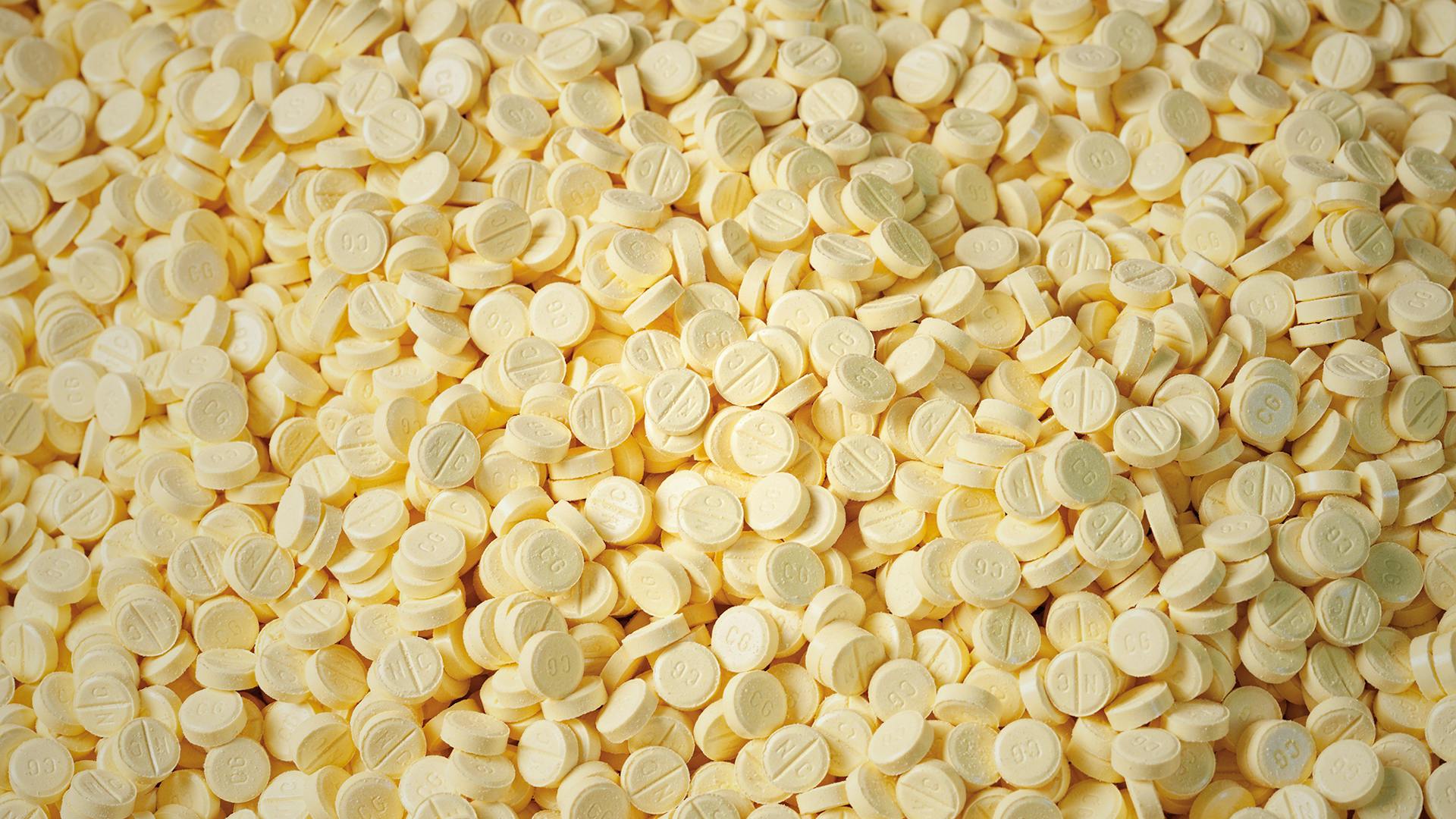
Novartis receives international licencing approval for a new type of malaria treatment, called an ‘artemisinin-based combination therapy’, or ACT.
2000
Data source: IHME, Global Burden of Disease (2024)



Global malaria deaths peak at approximately 896,000, with significant economic impacts, especially in Africa, where malaria reduces annual GDP growth by up to 1.3% in affected nations.
The sharp spike is due to malaria becoming resistant to all known treatments by the 1990s.
2001
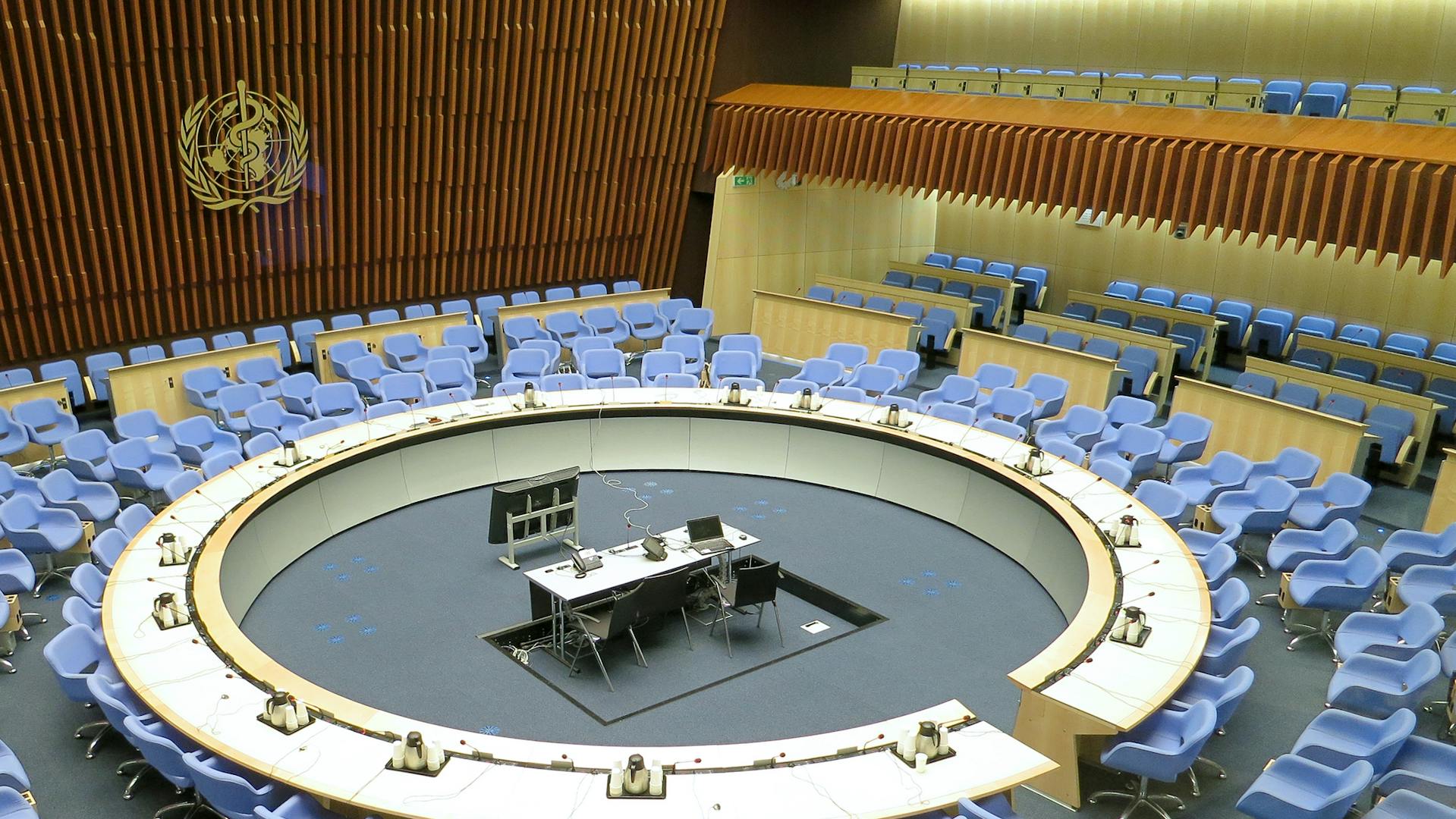
Novartis launches the Malaria Initiative and partners with the World Health Organization to supply ACT treatments at no profit.
Within just a few years, accompanied by other interventions and the broad availability of ACTs, the number of malaria deaths drops markedly.
2003

Novartis partners with Medicines for Malaria Venture (MMV) to develop a pediatric version of its act treatment, addressing malaria in children resistant to standard treatments.
2003
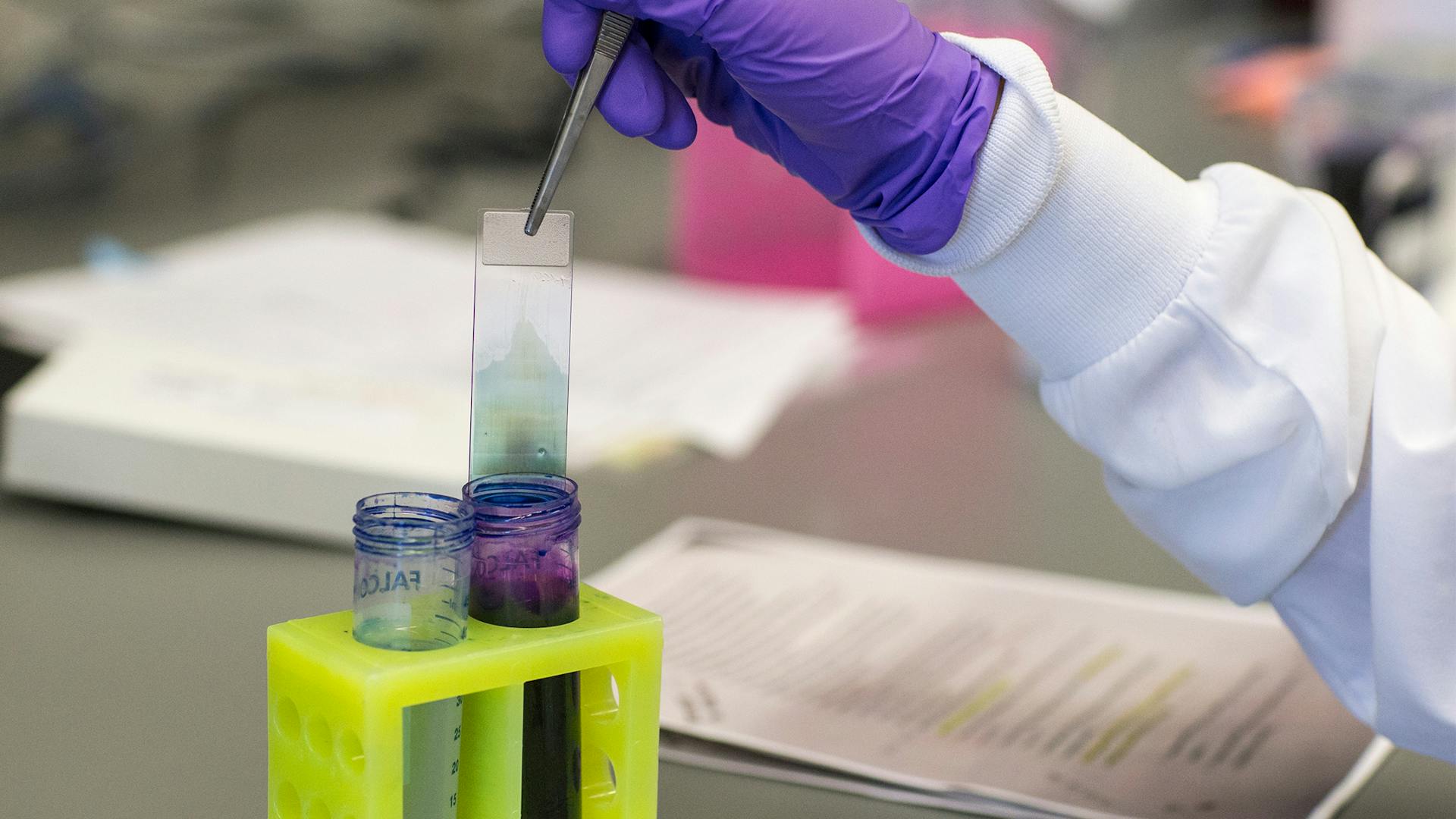
Novartis establishes the Novartis Institute for Tropical Diseases (NITD) as a public-private partnership, focusing on the development of treatments for diseases like malaria and dengue fever. The institute later transfers to the United States.
2009
Novartis launches the first ‘child-friendly’ malaria medicine, developed with partner Medicine for Malaria Venture (MMV). This is an ACT that is dissolvable and has a sweet cherry taste. Over the next 16 years, more than 500 million treatment courses will be distributed to children around the world, mostly at no profit.
( Video content – enable sound for full experience )
2012



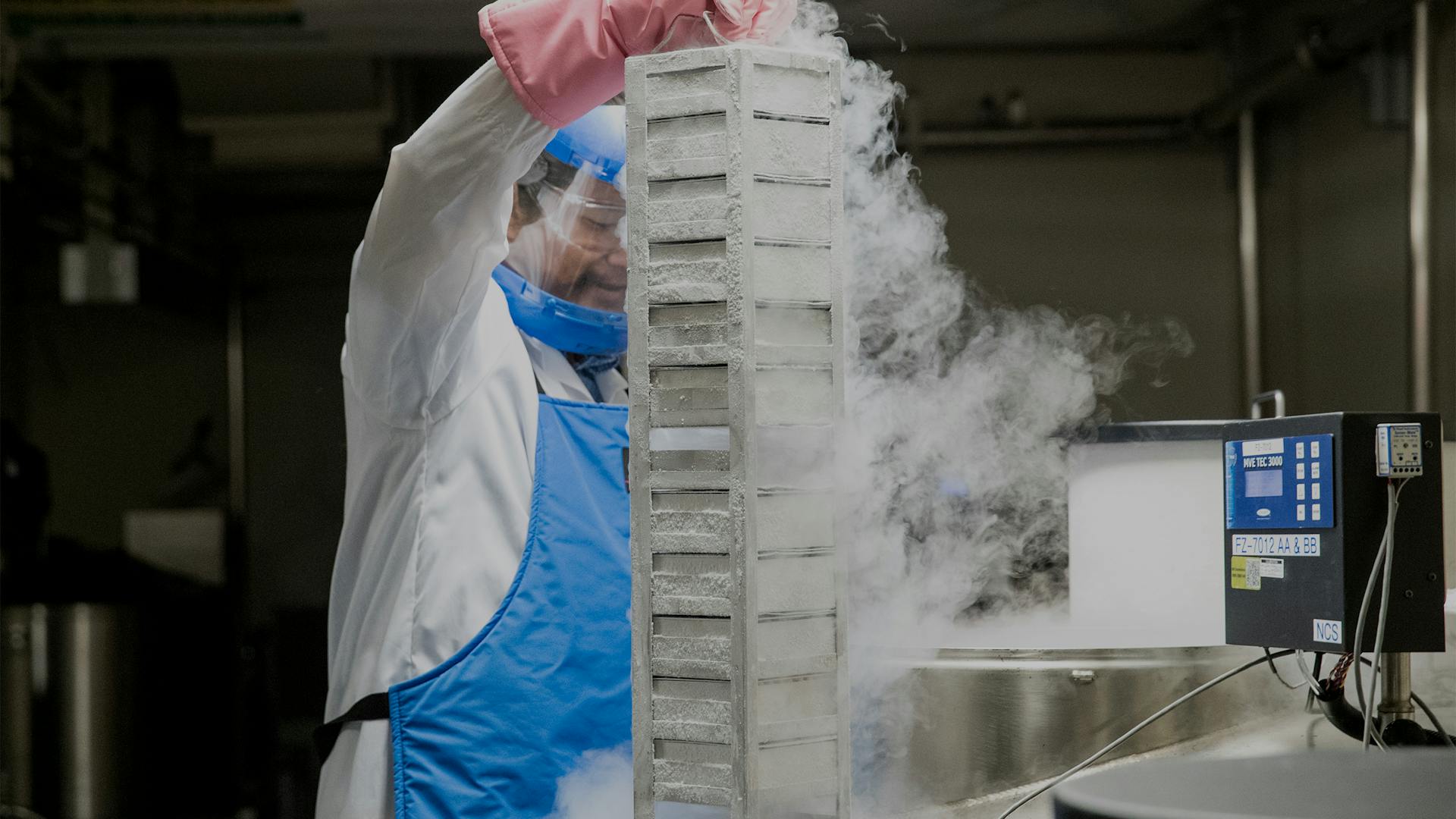
KAF156 (ganaplacide), which was developed with the Genomics Institute of the Novartis Research Foundation, the Wellcome Trust, Swiss Tropical and Public Health Institute, and the Biomedical Primate Research Institute, enters clinical development.
2015
Tu Youyou wins the Nobel Prize for Medicine for her discovery of Artemisinin, which was instrumental in the development of artemisinin-based combination therapies.
( Video content – enable sound for full experience )
2018
Novartis commits USD 100 million for advancing malaria R&D and pediatric treatment access, reinforcing its role as a global health leader.
( Video content – enable sound for full experience )
2020
Data source: WHO, Global Malaria Programme (2021)



The number of global malaria deaths significantly decreases to approximately 622,000 due to enhanced control measures, contributing positively to economic growth in endemic regions.
2020



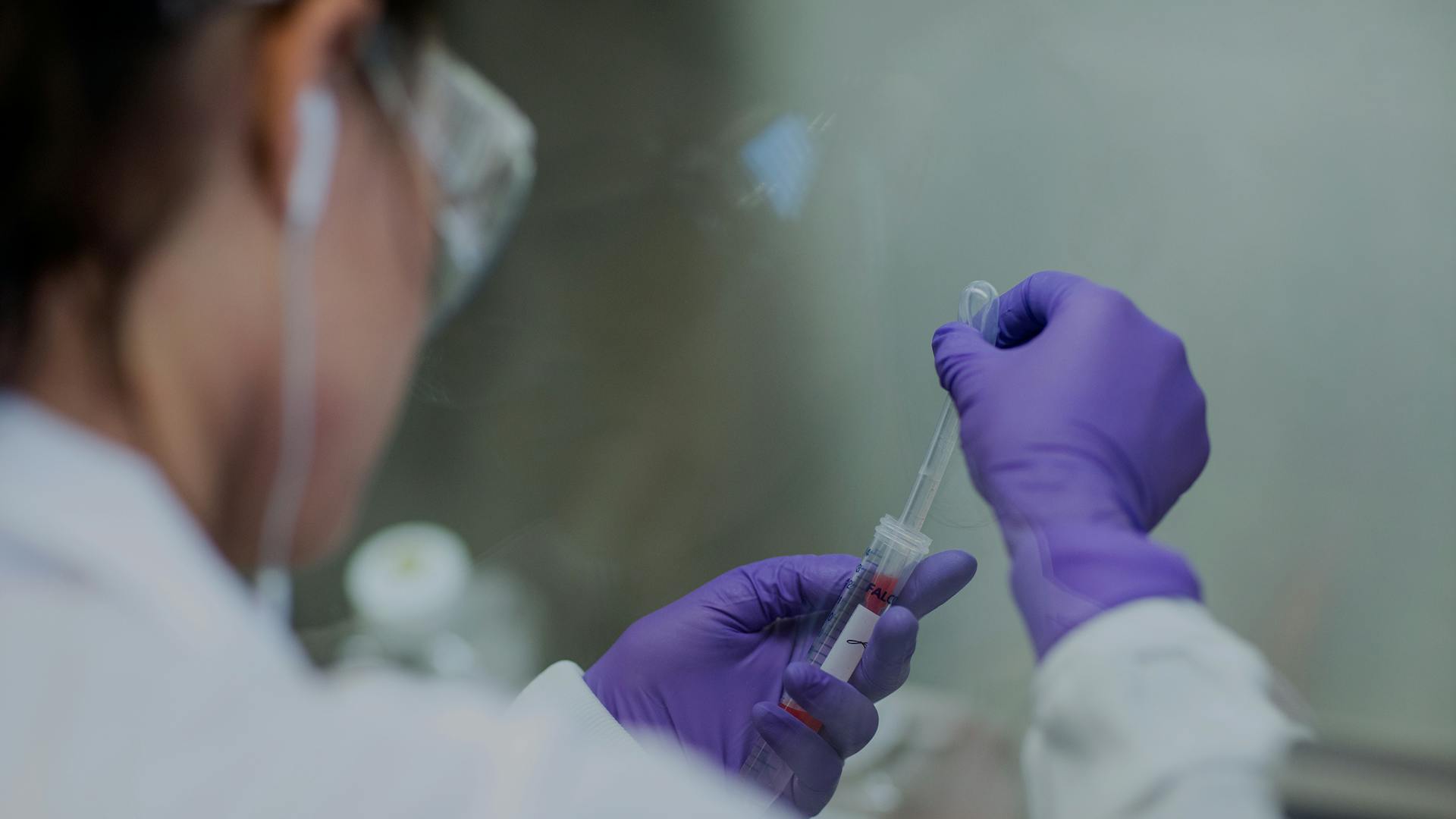
MMV awards its “Project of the Year” to Novartis compound INE963, a potential “single-dose cure” for malaria. The chemical defies all attempts to generate resistance to it in the laboratory.
2021
Novartis achieves a milestone by delivering 1 billion ACT treatment courses worldwide, underscoring its major role in global malaria control efforts.
But by 2021, after setbacks during the COVID-19 pandemic, progress begins to stall.
( Video content – enable sound for full experience )
2022







Novartis advances trials for next-generation malaria medicines, to tackle the rising threat of drug resistance to ACTs. Ganaplacide moves into Phase 3 trials in combination with a new lumefantrine formulation, known as KLU156, across 13 countries.
Phase 2 trials also begin for another compound, KAE609 (cipargamin), for the treatment of severe malaria.
2022
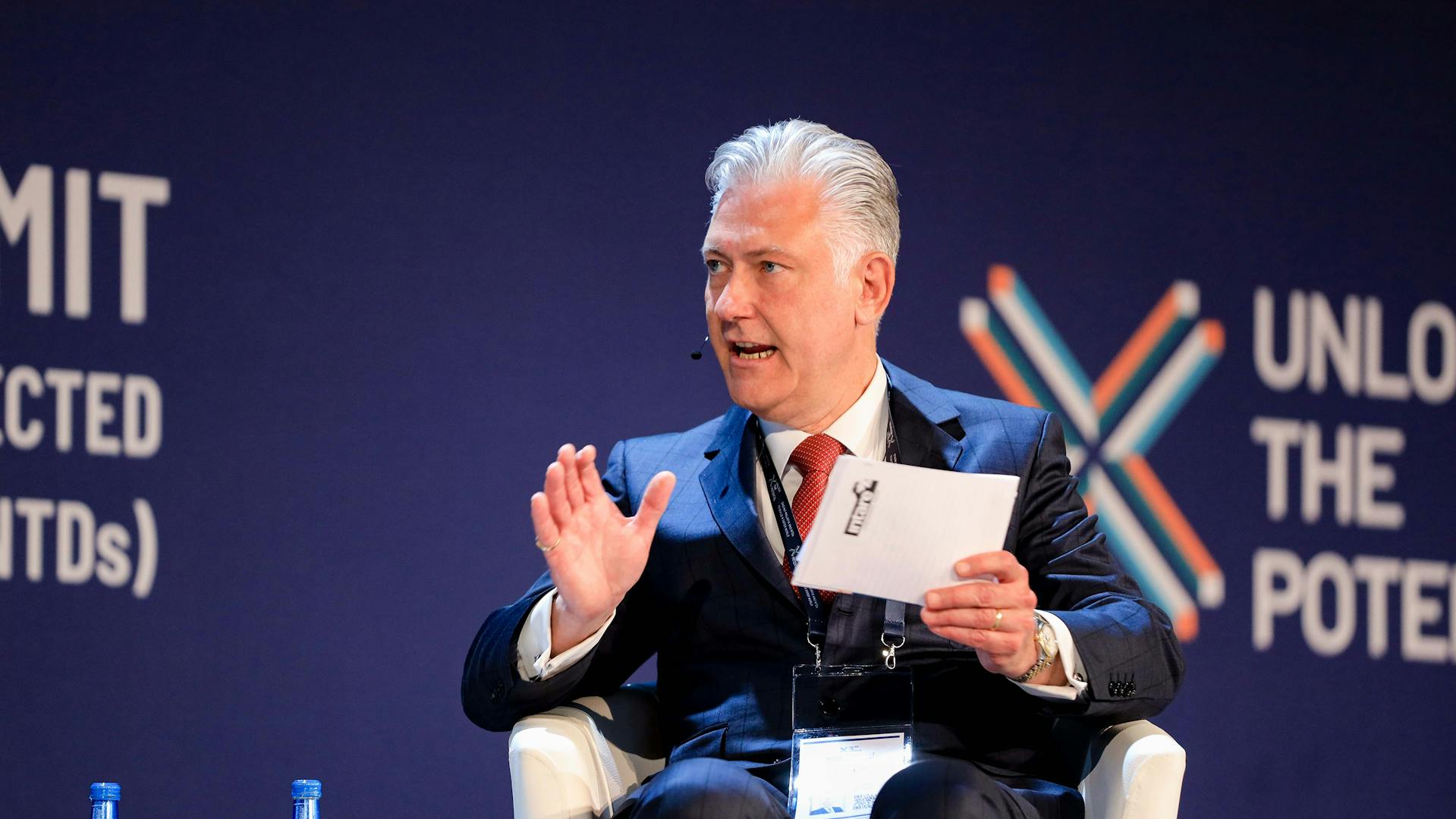

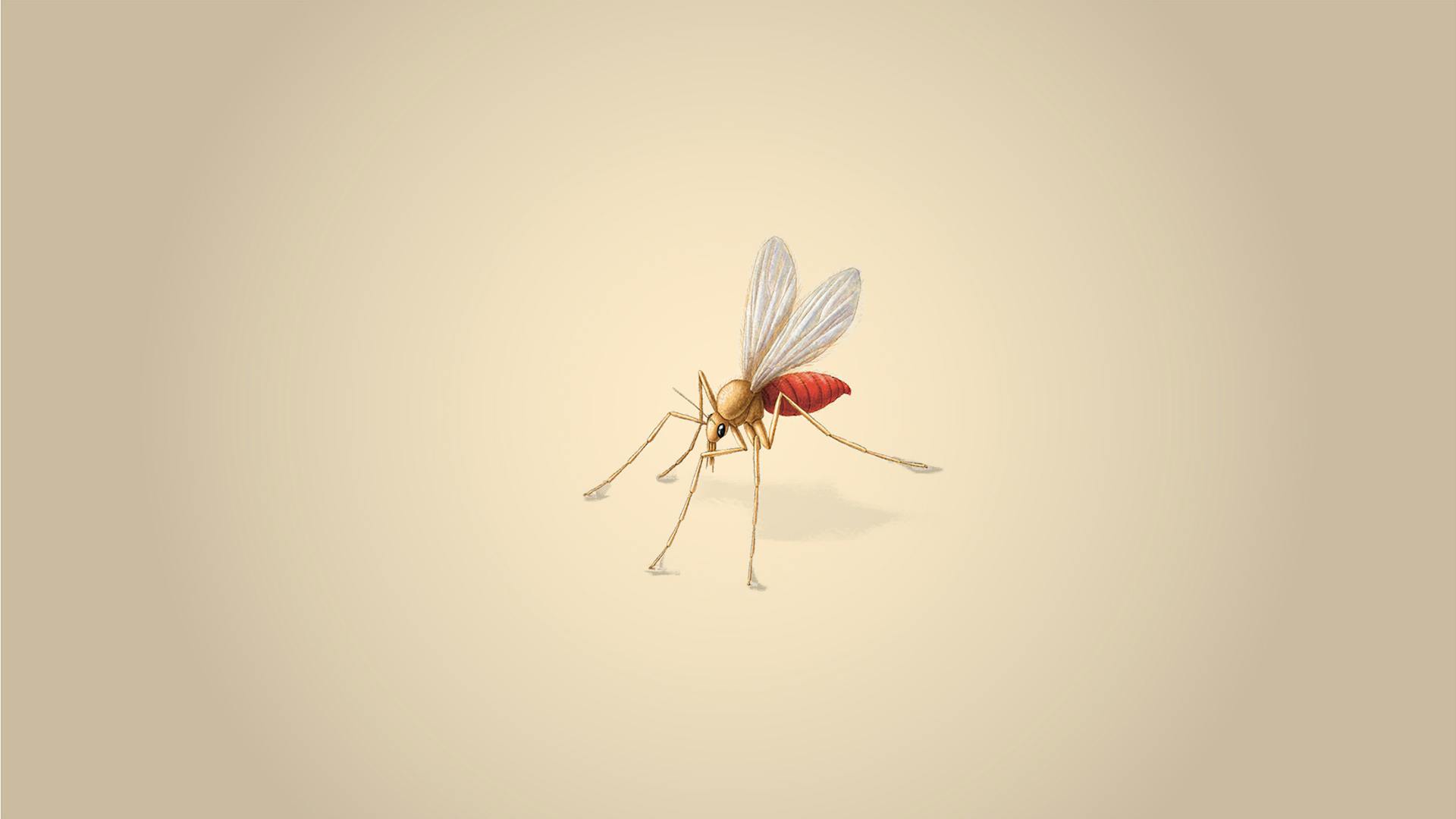

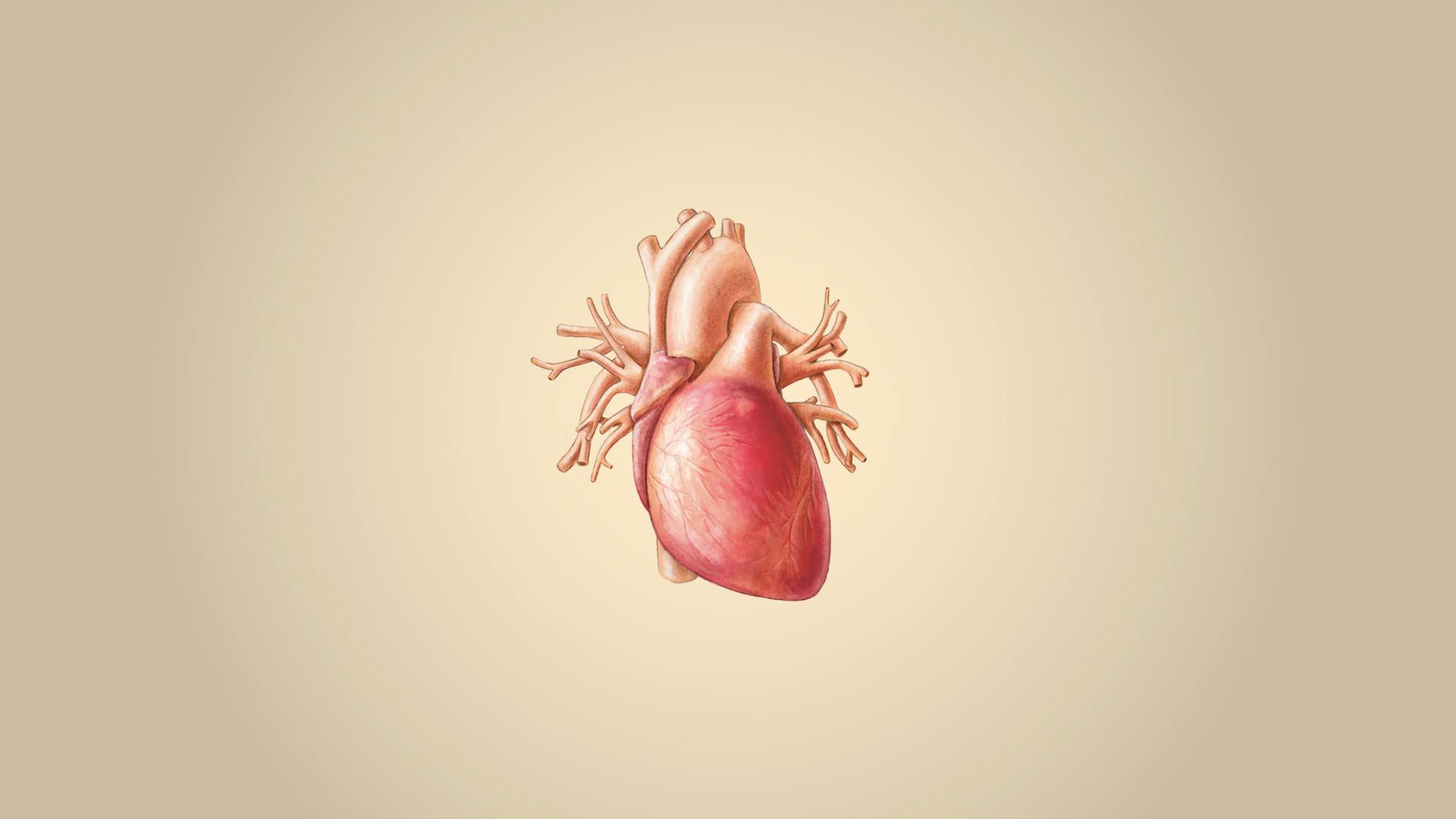
Novartis pledges $250 million to research new treatments for malaria and neglected tropical diseases, including four new compounds for malaria. It almost doubles that commitment, investing $490 million by the end of 2025 due to the strength of the pipeline for neglected diseases like malaria.
Novartis Global Health R&D aims to deliver breakthroughs for diseases overlooked by others, including:
Cryptosporidiosis
Child mortality has come down substantially since the United Nations launched its Millennium Development Goals. Between 2000 and 2015 the number of cases nearly halved to 43 deaths per 1000 live births. However, this figure is still far too high, especially if one looks at some of the poorer regions such as sub-Saharan Africa. There, the figure stands at 84 deaths per 1000 live births. It is clear that more needs to be done.
Novartis is currently working on a compound that could halt Cryptosporidium parvum in its tracks.
Leishmaniasis
Thinking of sand flies may not necessarily strike fear in anyone. Their image is often used by poets. But these tiny insects can have a devastating effect when they carry a parasite type known as leishmaniasis. Malnutrition, poverty and deforestation are considered the key reasons for the spread of the disease, which according to the World Health Organization kills around 30 000 people every year. While nearly 200 million people are at risk, there are about 1 million new infections every year and up to 12 million people are estimated to live with the disease.
Thanks to a better understanding of the underlying biology of these parasites, Novartis is working on a compound that targets the proteasome of these parasites.
Dengue fever
Dengue fever, often referred to as ‘breakbone fever' due to the severe muscle and joint pain it causes, is a mosquito-borne viral disease that affects up to 400 million people each year. Despite its prevalence, there is currently no approved antiviral treatment, and care focuses solely on relieving symptoms. In collaboration with partners, Novartis is developing a potential first-in-class oral therapy that aims to reduce viral load and shorten the duration of fever. The compound is currently in Phase 2 trials. The company has also invested in digital surveillance tools and decentralized trial models to reach underserved communities. The reach of dengue is feared to be exacerbated due to climate change.
Chagas
Chagas is a tricky disease because the early symptoms can be relatively mild and are difficult to detect. They can include fever and local swelling after the bite of the kissing bug, which carries the eukaryotic organism Trypanosoma cruzi, the trigger of the disease.
After the first symptoms vanish, Chagas can remain undetected for decades. While the illness can be treated in the early stages, the long-term consequences are extremely cumbersome and can lead to an enlargement of the heart ventricles, heart failure and an enlargement of the colon. In order to tackle the disease, which affects more than 6 million people in Central and South America, Novartis is targeting the proteasome of the protist, the cause of the illness. With the help of new imaging technologies, the development of a new compound is now possibly in reach.
2023
While partnerships are essential for Novartis to deepen its access efforts around the world, the company also has a dedicated workforce that is committed to reach all patients, including those living in remote areas.
( Video content – enable sound for full experience )
2024
Source: Access to Medicine Index 2024



Novartis is ranked no. 1 in the Access to Medicines Index for its work to expand R&D for neglected diseases and bring innovative medicines to unreached communities in low and middle-income countries.
July 8,
2025
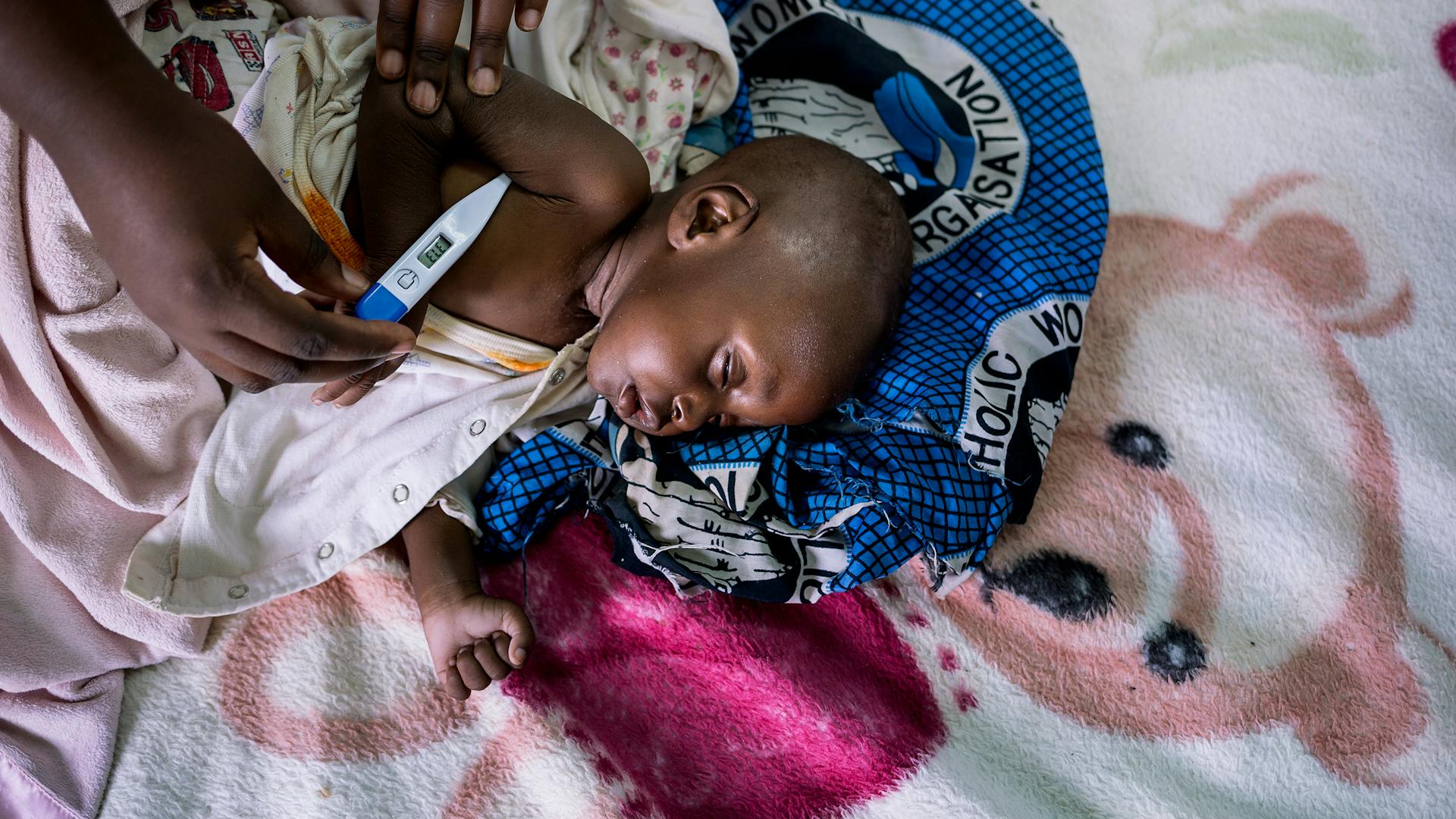
The first malaria medicine for newborn babies and young infants receives approval from Swissmedic. This population of babies has, until now, been neglected by science due to a misconception that they are immune.
The
future







With the threat of resistance to malaria medicines on the rise, Novartis is pursuing several new next-generation compounds for malaria. These are:
KLU156 (ganaplacide/lumefantrine-SDF) – A once-daily antimalarial, effective against all known parasites, including drug-resistant strains.
KAE609 (cipargamin) – A novel spiroindolone targeting PfATP4, which rapidly clears parasites and blocks transmission.
Triple combination – A three-drug regimen designed to improve efficacy, shorten treatment, and prevent resistance.
INE963 – A next-generation fast-acting antimalarial with long half-life and high resistance barrier.
The
future
Those treatments could be instrumental in eliminating the disease that has plagued mankind for millennia.



